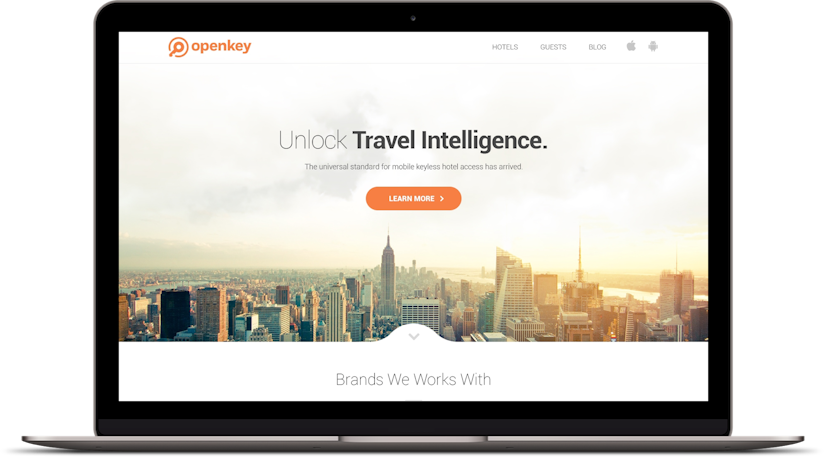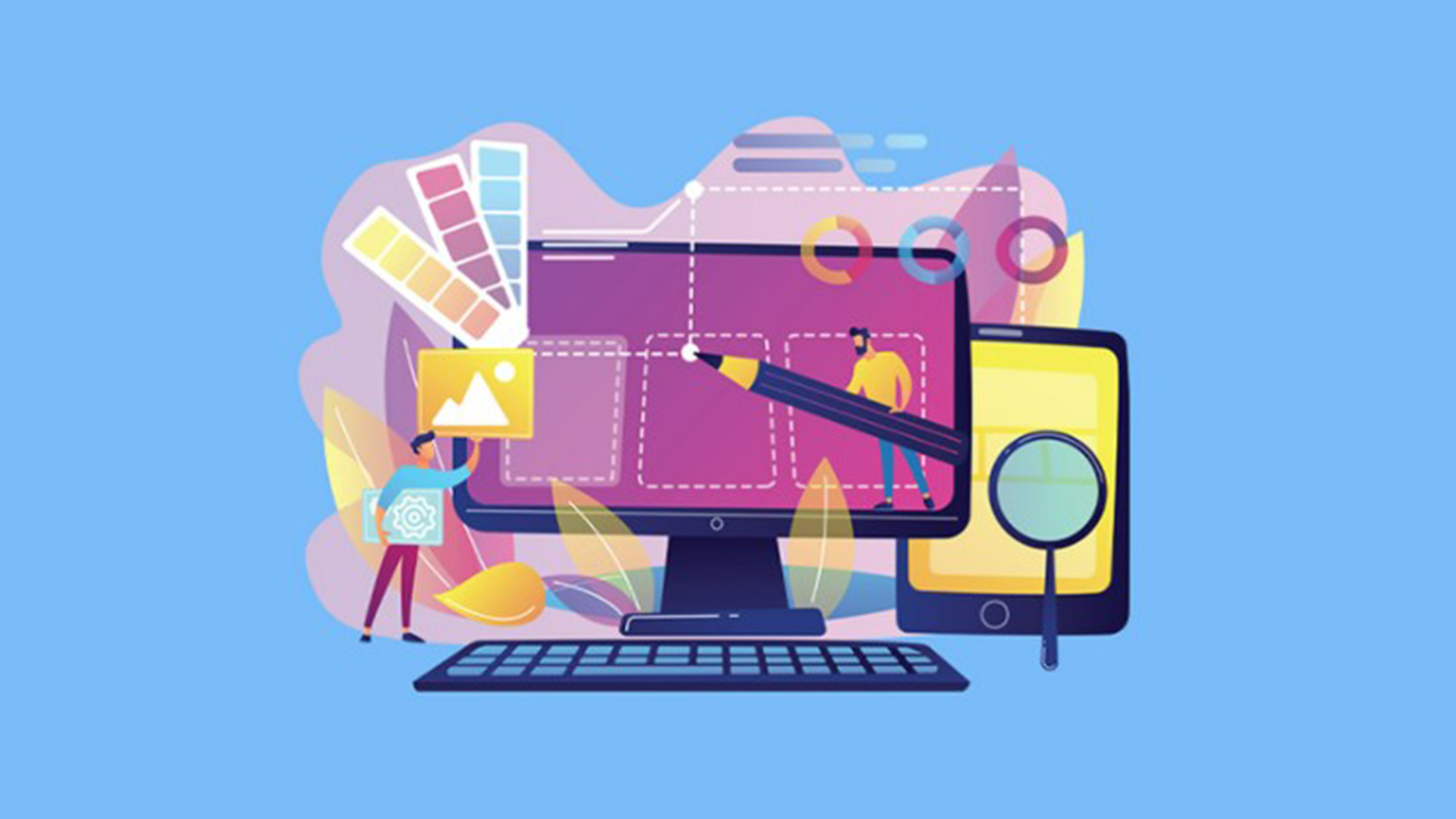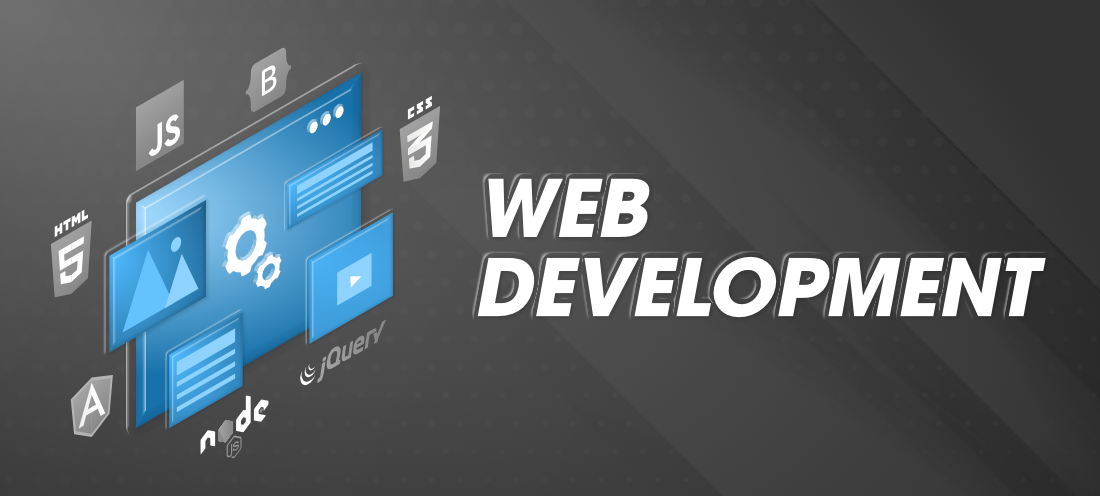All Categories
Featured
Table of Contents
- – Learn Responsive Design - Web.dev Tips and Tri...
- – Web Design Service - Professionally Designed ...
- – Web Design Vs. Web Development - Upwork Tips ...
- – What Does A Web Designer Do? - Careerexplorer...
- – Web Design - The First 100 Years - Idle Words...
- – What Is Web Design? A Comprehensive Guide - W...
- – Learn Responsive Design - Web.dev Tips and T...
- – Web Design Services - Verizon Small Business...
- – Beginner's Guide: How To Learn Web Design At...
- – Web Design - Entrepreneur Tips and Tricks:
- – Website Design - Best Ecommerce Web Design B...
Learn Responsive Design - Web.dev Tips and Tricks:
Quick summary Functionality and the utility, not the visual style, figure out the success or failure of a website. Since the visitor of the page is the only person who clicks the mouse and therefore decides whatever, user-centric design has developed as a standard method for effective and profit-oriented website design - web design frederick md.
and the energy, not the visual design, identify the success or failure of a site. Because the visitor of the page is the only individual who clicks the mouse and therefore decides whatever, user-centric design has actually become a standard approach for effective and profit-oriented web style. After all, if users can't utilize a feature, it may too not exist.
g. where the search box must be put) as it has already been carried out in a variety of articles; rather we focus on the methods which, used effectively, can result in more sophisticated design decisions and simplify the procedure of viewing provided info. Please see that you may be thinking about the usability-related short articles we've released prior to: Concepts Of Excellent Website Style And Reliable Website Design Guidelines, In order to utilize the principles appropriately we initially need to comprehend how users engage with websites, how they believe and what are the basic patterns of users' behavior.
Web Design Service - Professionally Designed Websites Tips and Tricks:
Visitors look at each new page, scan a few of the text, and click the very first link that captures their interest or vaguely resembles the thing they're searching for. There are large parts of the page they don't even look at. A lot of users browse for something intriguing (or useful) and clickable; as quickly as some appealing prospects are discovered, users click.
If a page provides users with premium material, they want to compromise the material with advertisements and the style of the site. This is the reason that not-that-well-designed sites with high-quality content gain a great deal of traffic over years. Content is more crucial than the style which supports it.

Really basic concept: If a website isn't able to satisfy users' expectations, then designer stopped working to get his job done properly and the business loses money. The higher is the cognitive load and the less user-friendly is the navigation, the more prepared are users to leave the site and search for options.
Web Design Vs. Web Development - Upwork Tips and Tricks:
Neither do they scan website in a linear style, going sequentially from one website area to another one. Instead users satisfice; they choose the first sensible option. As soon as they discover a link that looks like it may lead to the objective, there is a really great possibility that it will be instantly clicked.
It does not matter to us if we comprehend how things work, as long as we can use them. If your audience is going to imitate you're creating signboard, then style fantastic billboards." Users wish to be able to control their browser and depend on the constant data discussion throughout the site.
If the navigation and website architecture aren't user-friendly, the number of enigma grows and makes it harder for users to understand how the system works and how to get from point A to point B. A clear structure, moderate visual hints and quickly recognizable links can help users to discover their path to their objective.
What Does A Web Designer Do? - Careerexplorer Tips and Tricks:

Considering that users tend to check out sites according to the "F"-pattern, these 3 statements would be the very first components users will see on the page once it is filled. The design itself is basic and instinctive, to comprehend what the page is about the user requires to browse for the answer.
As soon as you have actually accomplished this, you can communicate why the system is beneficial and how users can benefit from it. Do Not Waste Users' Patience, In every job when you are going to offer your visitors some service or tool, attempt to keep your user requirements very little.
Newbie visitors want to, not filling long web forms for an account they might never ever use in the future. Let users explore the site and discover your services without forcing them into sharing private information. It's not affordable to require users to go into an email address to check the feature.
Web Design - The First 100 Years - Idle Words Tips and Tricks:
Stikkit is a perfect example for an user-friendly service which needs almost nothing from the visitor which is unobtrusive and reassuring. And that's what you desire your users to feel on your website. Obviously, Mite needs more. The registration can be done in less than 30 seconds as the form has horizontal orientation, the user does not even require to scroll the page.
A user registration alone suffices of an obstacle to user navigation to cut down on incoming traffic. 3. Manage To Focus Users' Attention, As sites provide both static and dynamic content, some elements of the user interface attract attention more than others do. Clearly, images are more attractive than the text simply as the sentences marked as bold are more appealing than plain text.
Focusing users' attention to particular locations of the site with a moderate usage of visual elements can assist your visitors to get from point A to point B without thinking of how it in fact is expected to be done. The less concern marks visitors have, the they have and the more trust they can develop towards the company the website represents.
What Is Web Design? A Comprehensive Guide - Wix.com Tips and Tricks:
4. Pursue Feature Direct exposure, Modern website design are normally criticized due to their approach of directing users with visually appealing 1-2-3-done-steps, large buttons with visual impacts and so on. From the design perspective these aspects in fact aren't a bad thing. On the contrary, such as they lead the visitors through the website material in a really basic and easy to use way.
The website has 9 main navigation options which are noticeable at the very first glimpse. What matters is that the content is well-understood and visitors feel comfy with the way they engage with the system.
Instead a rate: just what visitors are looking for. An ideal solution for effective writing is touse brief and concise expressions (come to the point as rapidly as possible), usage scannable layout (classify the content, use several heading levels, utilize visual aspects and bulleted lists which break the flow of consistent text blocks), usage plain and objective language (a promo doesn't need to sound like advertisement; offer your users some reasonable and unbiased reason why they should utilize your service or remain on your site)6.
Learn Responsive Design - Web.dev Tips and Tricks:
Users are seldom on a website to delight in the design; moreover, for the most part they are trying to find the details regardless of the style - web design frederick md. Strive for simplicity instead of intricacy. From the visitors' point of view, the very best site design is a pure text, with no ads or additional material blocks matching precisely the question visitors used or the material they have actually been trying to find.
Finch clearly presents the info about the website and offers visitors an option of choices without overcrowding them with unnecessary content. Not just does it help to for the visitors, but it makes it possible to view the details provided on the screen.
Complex structures are more difficult to read, scan, analyze and work with. If you have the choice in between separating two style sectors by a visible line or by some whitespace, it's normally much better to use the whitespace solution. (Simon's Law): the much better you manage to supply users with a sense of visual hierarchy, the simpler your content will be to perceive.
Web Design Services - Verizon Small Business Essentials Tips and Tricks:
The exact same conventions and rules should be used to all elements.: do the most with the least amount of hints and visual aspects. Clarity: all elements should be created so their meaning is not ambiguous.
Conventions Are Our Pals, Conventional design of site components does not result in an uninteresting web site. It would be an usability headache if all sites had different visual discussion of RSS-feeds.
comprehend what they're getting out of a site navigation, text structure, search positioning etc. A typical example from functionality sessions is to translate the page in Japanese (assuming your web users do not understand Japanese, e. g. with Babelfish) and supply your use testers with a job to find something in the page of various language.
Beginner's Guide: How To Learn Web Design At Home - Medium Tips and Tricks:
Steve Krug suggests that it's much better to, however benefit from conventions when you do not. 10. Test Early, Test Often, This so-called TETO-principle needs to be applied to every website design task as usability tests frequently provide into considerable issues and issues associated with an offered design. Test not too late, not too little and not for the wrong factors.
Some important indicate bear in mind: according to Steve Krug, and screening one user early in the task is better than screening 50 near completion. Accoring to Boehm's very first law, errors are most regular during requirements and style activities and are the more pricey the later on they are removed.
That implies that you design something, test it, repair it and after that test it once again. There might be problems which haven't been found throughout the preliminary as users were almost blocked by other problems. functionality tests. Either you'll be indicated the issues you have or you'll be pointed to the lack of major design flaws which remains in both cases a helpful insight for your project.
Web Design - Entrepreneur Tips and Tricks:

This holds for designers. After you have actually worked on a site for few weeks, you can't observe it from a fresh viewpoint any longer. You understand how it is built and for that reason you understand exactly how it works you have the wisdom independent testers and visitors of your website wouldn't have.
It can be linked to other areas such as graphic style, user experience, and multimedia arts, however is more aptly seen from a technological standpoint. It has actually ended up being a large part of individuals's daily lives. It is difficult to envision the Web without animated graphics, various designs of typography, background, videos and music.

During 1991 to 1993 the World Wide Web was born. Text-only pages might be viewed using an easy line-mode web browser. There had actually been no integrated method to graphic design components such as images or noises.
Website Design - Best Ecommerce Web Design By Shopify Tips and Tricks:
The W3C was developed in October 1994 to "lead the World Wide Web to its full potential by establishing common procedures that promote its development and ensure its interoperability." This discouraged any one business from monopolizing a propriety internet browser and programs language, which might have modified the result of the Web as a whole.
As this has occurred the technology of the web has also moved on. There have actually likewise been substantial changes in the way people utilize and access the web, and this has actually changed how sites are created.
Learn more about Lovell Media Group LLC or TrainACETable of Contents
- – Learn Responsive Design - Web.dev Tips and Tri...
- – Web Design Service - Professionally Designed ...
- – Web Design Vs. Web Development - Upwork Tips ...
- – What Does A Web Designer Do? - Careerexplorer...
- – Web Design - The First 100 Years - Idle Words...
- – What Is Web Design? A Comprehensive Guide - W...
- – Learn Responsive Design - Web.dev Tips and T...
- – Web Design Services - Verizon Small Business...
- – Beginner's Guide: How To Learn Web Design At...
- – Web Design - Entrepreneur Tips and Tricks:
- – Website Design - Best Ecommerce Web Design B...
Latest Posts
Web Design - Wikipedia Tips and Tricks:
Siteinspire - Web Design Inspiration Tips and Tricks:
Web Design And Applications - W3c Tips and Tricks:
More
Latest Posts
Web Design - Wikipedia Tips and Tricks:
Siteinspire - Web Design Inspiration Tips and Tricks:
Web Design And Applications - W3c Tips and Tricks: